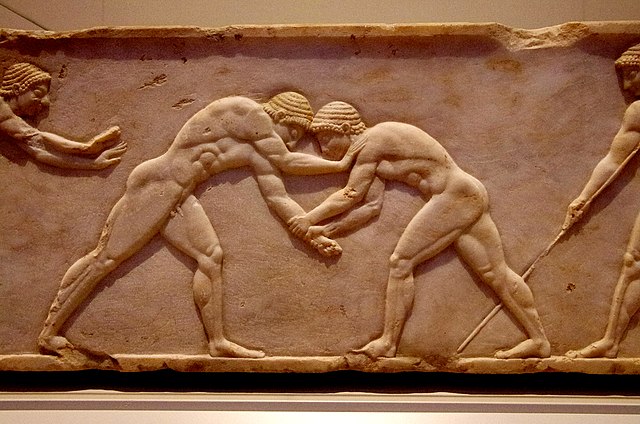Evolution of Martial Arts Throughout History
By Maurice Novoa a master under the Yuen Kay Shan, Ip Man and Pan Nam lineages.
Introduction
Martial arts, an ancient form of combat and self-defense, have evolved over centuries, adapting to various cultures and societies. As a seasoned Wing Chun Kung Fu instructor with over 30 years of experience, I am thrilled to explore the fascinating journey throughout history. Join me as we delve into the rich tapestry of combat disciplines, tracing their origins and uncovering the transformations that have shaped the martial arts landscape we know today.
1. Ancient Origins: The Birth of Martial Arts
In ancient civilizations like China, India, and Greece, early forms of fighting styles emerged as essential skills for survival and warfare. These ancient techniques laid the groundwork for the diverse fighting styles we see today.
2. East Meets West: Martial Arts’ Journey Along the Silk Road
The Silk Road played a crucial role in the cross-cultural exchange of martial arts knowledge. Chinese fighting styles such as Kung Fu and Tai Chi were introduced to other parts of Asia, blending with local styles to form unique combat disciplines.
3. The Rise of Japanese Martial Arts
Japan’s feudal era saw the development of various disciplines, including Jujutsu and Kendo. Samurai warriors honed their skills, emphasizing discipline, honor, and loyalty.
4. The Secret Arts: Ninja and their Techniques
The elusive Ninja, known for their stealth and espionage skills, developed their unique style of combat called Ninjutsu. Operating in the shadows, these warriors utilized deception and surprise to gain an advantage over their adversaries.
5. From Battlefield to Dojo: The Evolution of Martial Arts Philosophy
As societies transitioned from feudalism to more peaceful times, fighting styles evolved from primarily combat techniques to systems focused on personal development, discipline, and spiritual growth. This shift led to the creation of formal training spaces known as “dojo.”
6. The Birth of Modern Fighting Styles: Judo and Brazilian Jiu-Jitsu
In the late 19th and early 20th centuries, Judo and Brazilian Jiu-Jitsu emerged as modern fighting styles. Judo, founded by Jigoro Kano, focused on the principle of using an opponent’s strength against them. Meanwhile, Brazilian Jiu-Jitsu, developed by the Gracie family, revolutionized ground fighting techniques.
7. Rise of the East: Traditional Martial Arts in Asia
Traditional fighting styles like Taekwondo (Korea), Muay Thai (Thailand), and Silat (Indonesia) gained prominence in their respective countries. Each discipline embodies unique cultural elements and emphasizes the integration of mind, body, and spirit.
8. Bruce Lee and the Globalization of Martial Arts
Bruce Lee’s iconic presence on the silver screen introduced the world to the art of Jeet Kune Do, a philosophy of “using no way as a way” that encouraged practitioners to be open-minded and flexible in their approach to combat.
9. The Birth of MMA: Uniting Styles in the Octagon
Mixed Martial Arts (MMA) emerged as a combat sport, combining techniques from various fighting styles. Fighters showcased their skills in the Octagon, leading to a renaissance in martial arts’ popularity.
10. The Digital Age: Accessibility and Education
In the digital age, the internet has revolutionized the way fighting styles are learned and shared. Online platforms offer access to instructional videos, virtual classes, and educational resources from renowned martial arts masters.
Conclusion
The evolution of martial arts throughout history is a testament to its enduring appeal and adaptability. From ancient battlefields to modern combat sports, fighting styles have transcended cultures, nations, and generations, shaping the world of self-defense and personal development.
Embrace the journey of martial arts, and discover not only the physical techniques but also the mental and spiritual aspects that will enrich your life on and off the mat

